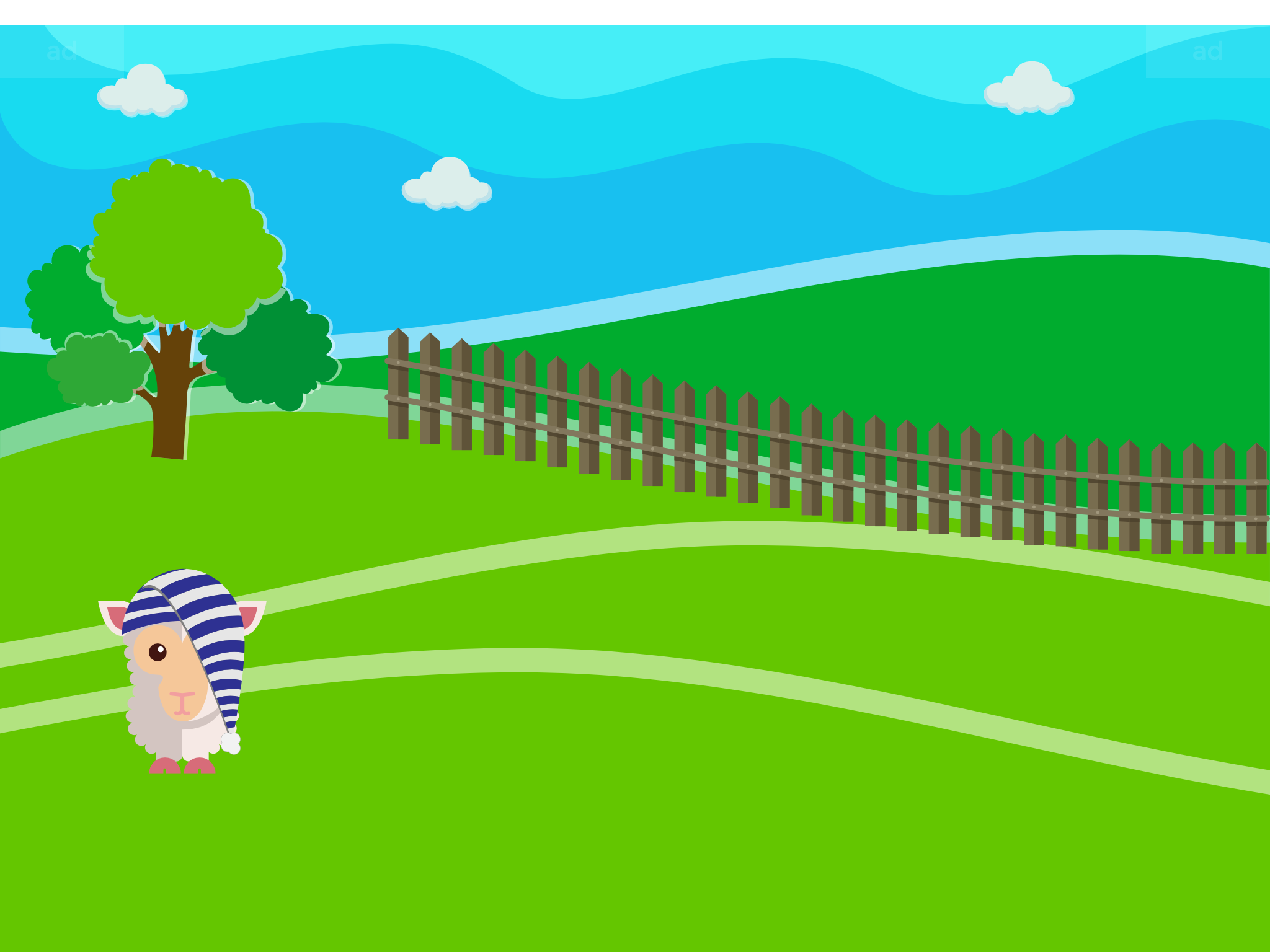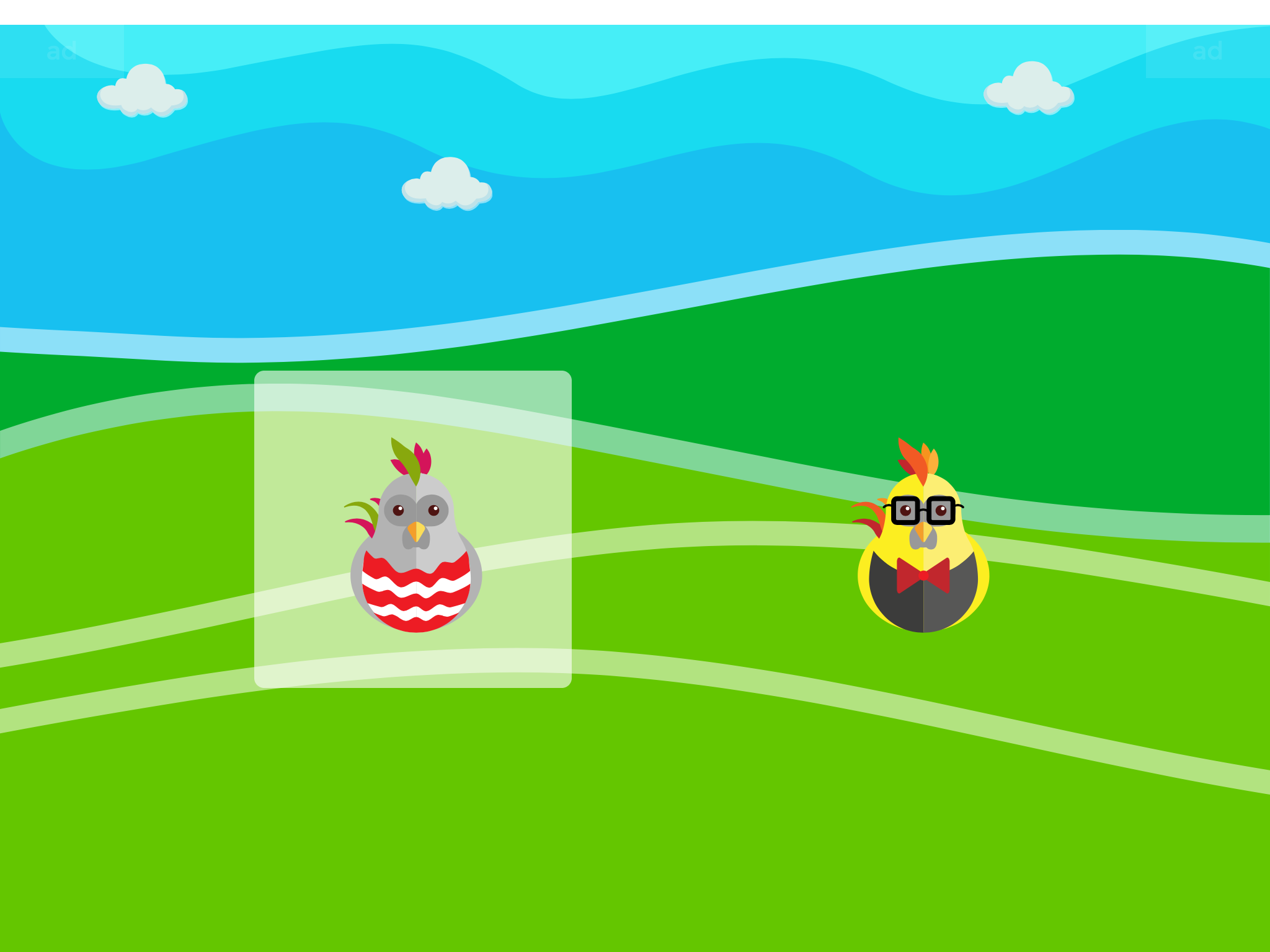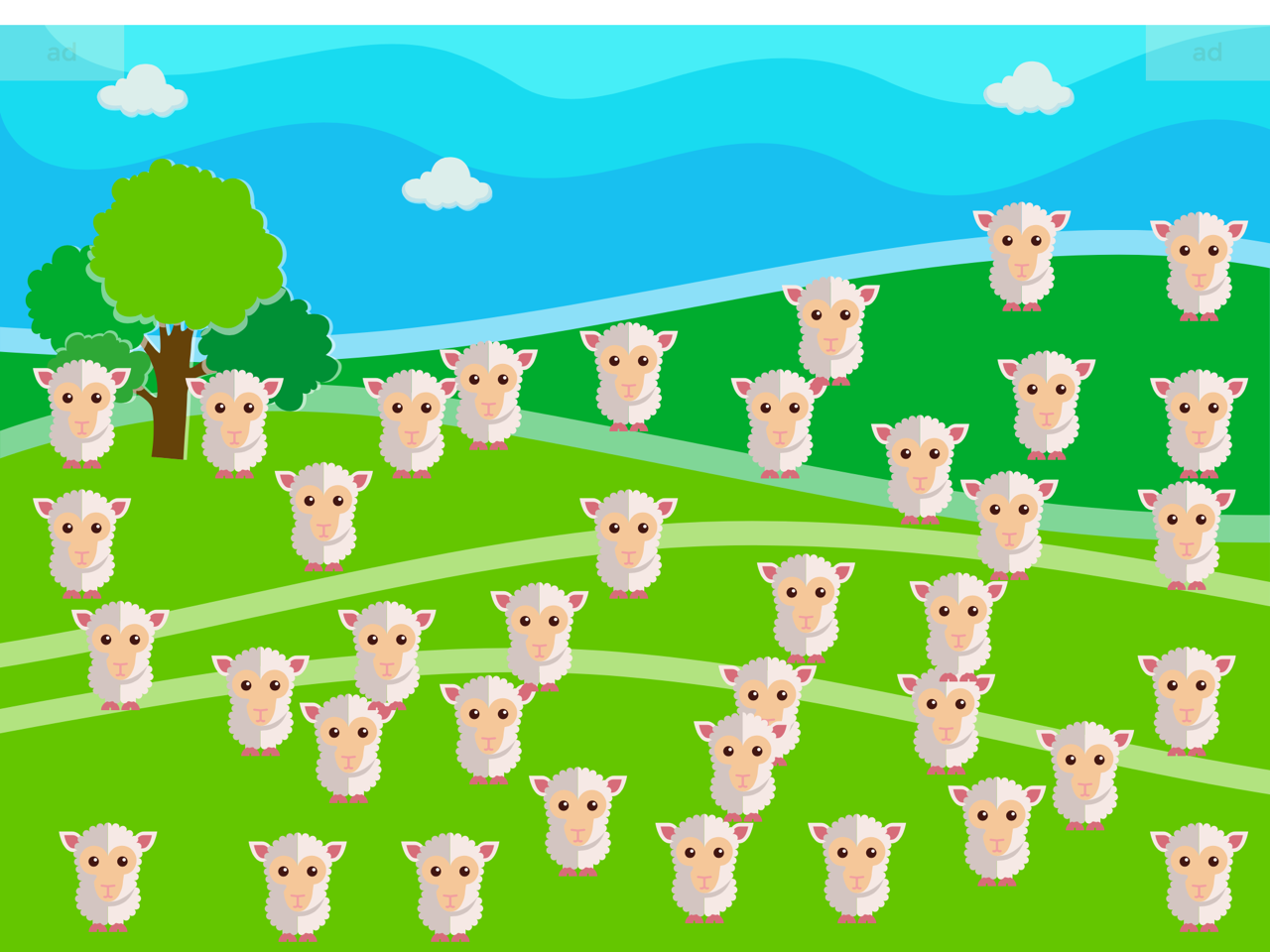Farm Game
Client: Medical Research Council, with funding from the NewLife Foundation for Disabled Children
This cross-disciplinary project combines expertise in the genetic basis of intellectual disability and characterizing cognition and behaviour in childhood. The aim is to use standard behavioural measurements and computerised testing methods to assess underlying cognitive mechanisms in children with intellectual disability of known genetic origins. Our involvement in this project was to adapt previously used behavioural tasks into a fun and engaging game for administration on iPads which would be left with a child in the home for several weeks. The three tasks included in the Farm game are the:
- Sheep Game: This is a Go-NoGo task where the child is asked to respond to sheep images, and to withhold responses to pigs. The child is rewarded for a tap on a sheep by hearing a “baaa” sound and seeing the sheep jump into a field. The rewards accumulate and show more and more sheep appearing in a field over multiple game runs. This game adapts by varying the presentation duration of the stimuli based on performance on the NoGo trials.
- Chicken Game: This is a Corsi block test where the stimuli are chickens that pop out of hutches, and the child taps on the hutches in the order that the the chickens appeared. The child is rewarded for each tap by hearing a chicken cackle and for a correct sequence by having the last chicken in the sequence lay an egg. Again, the rewards accumulate and show more and more eggs appearing in a haystack and field over multiple game runs. This game adapts by varying the number of chickens appearing in the sequence.
- Memory Game: This game presents both sheep and chicken stimuli where half are targets seen in the previous runs of the Sheep and Chicken Games, and half are distractors that were not seen. To support this game required the design of 30 unique sheep and chickens varying in their accessories (e.g., colourful hats, monocles, mustaches). In this task, there is audio feedback when stimuli are tapped and rewards are shown after blocks of trials, but these are not based on performance.
The application works in several modes: Child mode, where tasks use automatic transitions to remove the need for navigational buttons and use only audio feedback and no text; RA mode, where tasks are self-paced so that a research assistant can talk the child through the first session following a script; and Adult mode, where the adult can intervene in the game and read instructions off the screen if the child needs reminding of how to play the games. Hidden buttons on the game screens allow access to both the RA and Adult modes.
As with many of our other applications, an administrative website gives the researchers the ability to upload settings files which control many aspects of the application and individual games. This website also allows data to be downloaded. The application works entirely in offline mode, an important feature as some households are thought to have poor or non-existent Internet connections.
Key Application Features:
- A strong and engaging graphic design that allows the application to be used with young children with intellectual disabilities.
- Use of alternative game modes allows the same application to be used by the child, a parent/adult and a research assistant.
- Adaptive elements of the games occur both within and between game sessions, allowing some phases to be skipped if subsequent runs of the same game occur closely in time.
- An administrative website which allows the researchers to upload settings files and to download data.



